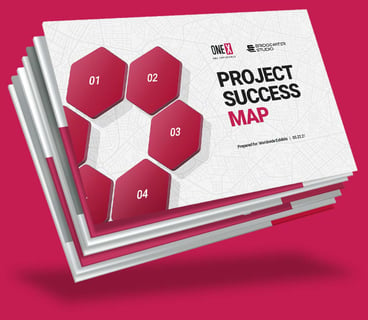Exhibition design is full of tough choices, but with this guide to designing an exhibition, your space will be ready for crowds of all kinds. If you are an advertiser, a curator, an architect, an entrepreneur, or simply curious about exhibit design, this guide answers common questions about designing a compelling interactive space for museums, retail, and trade shows that will market the right experience to your visitors.
Here's what you'll learn:
Successfully Designing an Exhibit for Your Audience
What Does an Exhibition Design Company Do?
CNC Cutting and Routing Services
Different Types of Exhibition Design
Finding the Right Exhibition Designer for Your Company
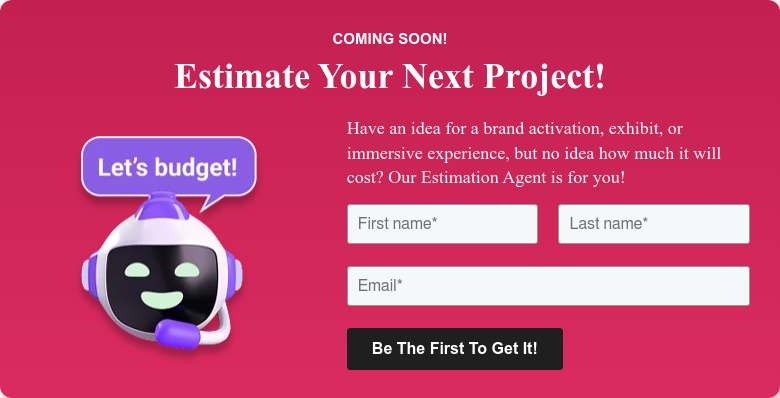
What is Exhibition Design?
Exhibition design is the fabrication and installation of immersive environments which, through interactive art, transforms physical spaces into meaningful shared experiences at places like:
- Entertainment venues
- Consumer brand events (experiential marketing)
- Museums
- Shopping malls
- Retail stores
- Trade show booths
All of the above are examples of exhibition design because the general concept is always the same: no matter if it is for a single art installation or a dozen, you are still designing a space that communicates a message to an audience through immersive storytelling elements such as . . .
- Architecture
- Audio engineering
- Graphic design
- Interior design
- Lighting design
- Marketing
- Multimedia systems
- Corporate signage
- And more
Exactly what the final immersive experience entails is up to you, but no matter what your exhibit is about or where it is installed, there are certain scenic design elements that all successful exhibits follow.
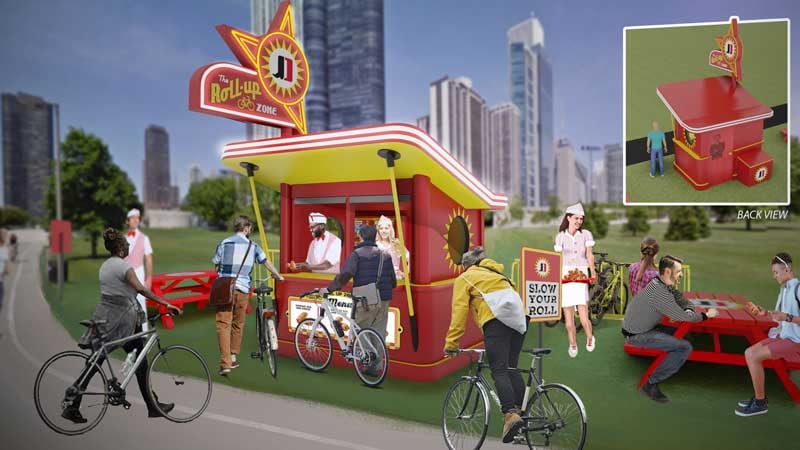
Successfully Designing an Exhibit for Your Audience
Designing an exhibit for your audience means delivering an experience they connect with. Ask yourself:
- Who is the audience that I am designing the exhibit for?
- What are they expecting from this exhibit?
- How much do they know about the subject beforehand?
- How much do they want to be educated versus entertained?
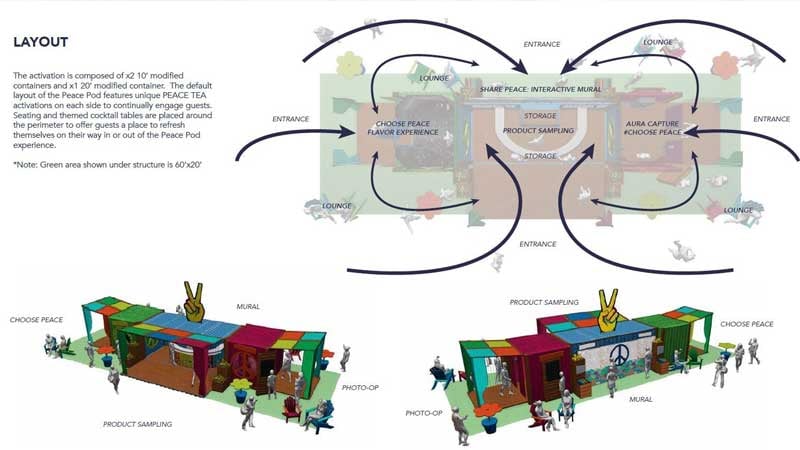
Consider how well your exhibit design balances these five types of experience expectations for the audience: fun and ease (accessibility), cultural entertainment, personal identification, historical reminiscences (if applicable), and escapism. Ideally, all five categories should feel equal.
What Does an Exhibition Design Company Do?
An exhibition designer is an interactive art specialist trained in many different types of design applications, and who works closely with your team to connect them with industry suppliers, contractors, and fabricators needed to create and install an exhibit.
The best exhibit designers often have their own fabrication studios, performing all work in-house to maintain control over the process, costs, and project schedules.
Working With an Exhibition Design Company
Before selecting an exhibition design company, try to think about what you require from them as a work partner.
Do you need an exhibition designer who follows your instructions exactly without question or one who is going to ideate and innovate with their own experience when needed?
Will you be supplying them with the materials, or are you looking for supplier recommendations from them?
Identifying high-ranking decision makers on their team and including them in a regularly scheduled review process will ensure these questions are answered.
The more information you can share upfront – including the end goal and specific wants and don’t-wants – the more accurately your design partner will be able to estimate the project and tailor a design to fit your needs.
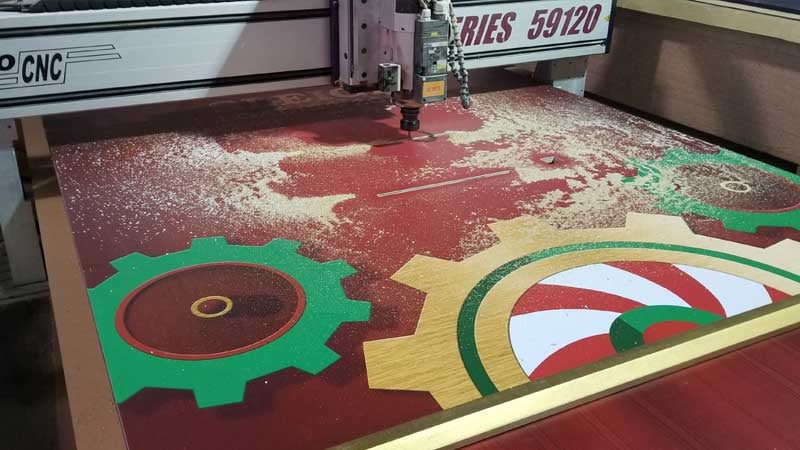
CNC services provide detailed cutting and routing for a variety of materials.
CNC Cutting and Routing Services
If they do not have one themselves, an exhibition designer will be able to put you in touch with a CNC studio.
Computer Numeric Control (CNC) cutting and routing services are often a must for designing and fabricating exhibits with custom details.
This includes laser-cutting woods, plastics, metals, foams, acrylics, and other materials with the highest degree of precision.
CNC equipment is wanted in nearly all exhibit designs because it is more accurate, faster and oftentimes cheaper than doing the work by hand.
The CNC Process
Before fabricating an exhibit, the CNC design department turns your exhibit ideas into a final concept and passes them to the Computer-Aided Drafting (CAD) Department which uses 2D or 3D software to develop those concepts into design schematics.
Next, the schematics are programmed into the CNC equipment, which cuts pieces for individual assembly and installation as needed.
Different Types of Exhibition Design
The following tips help design exhibition spaces in museums, retail stores, and trade shows:
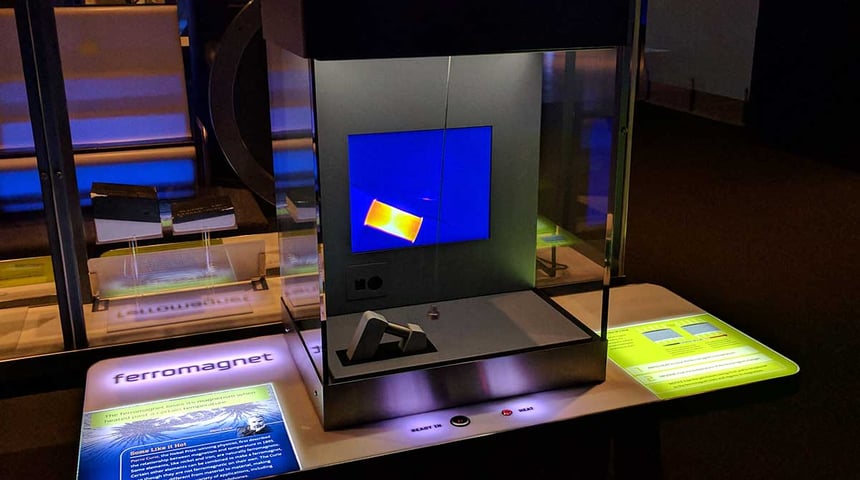
Museum Exhibition Design
Museum exhibit design calls for items to be displayed in cases, on the wall, and mounted on the floor:
- Cases: Must be insect- and rodent-proof.
- Wall-mounting: For the best viewing, hang items anywhere between 3 and 6-½ feet from floor level. Five feet off the ground is considered the standard height for “eye level” wall exhibitions.
- Floor-mounting: Bottom-heavy pedestals, wooden blocks (wrapped or painted), wired silicone tubing, and museum wax are all acceptable ways to securely ground an object for display.
Museum Exhibit Labeling
Museum exhibits should also include properly labeled signage. Suggested guidelines are as follows:
- Title: This panel should be in 400-point font and include the name of the exhibit.
- Introduction: A 200-point-font blurb describing the museum exhibit in 50-150 words.
- Thematic text: A telling of the exhibit’s story in 50-150 words with 36-point font.
- Extended labels: An explanation of an item’s significance in 50-100 words, 24-point font.
- Object labels: A simple description of an item’s name and when it was made in 15-25 words (18-point font).
Controlling the Humidity of Museum Exhibits
Equally important as the design elements of an exhibit is protecting the materials from natural elements like humidity. The Philadelphia Museum of Art recommends keeping the relative humidity (RH) at 44 to 55 percent to prevent mold damage, meaning 68-72° F.
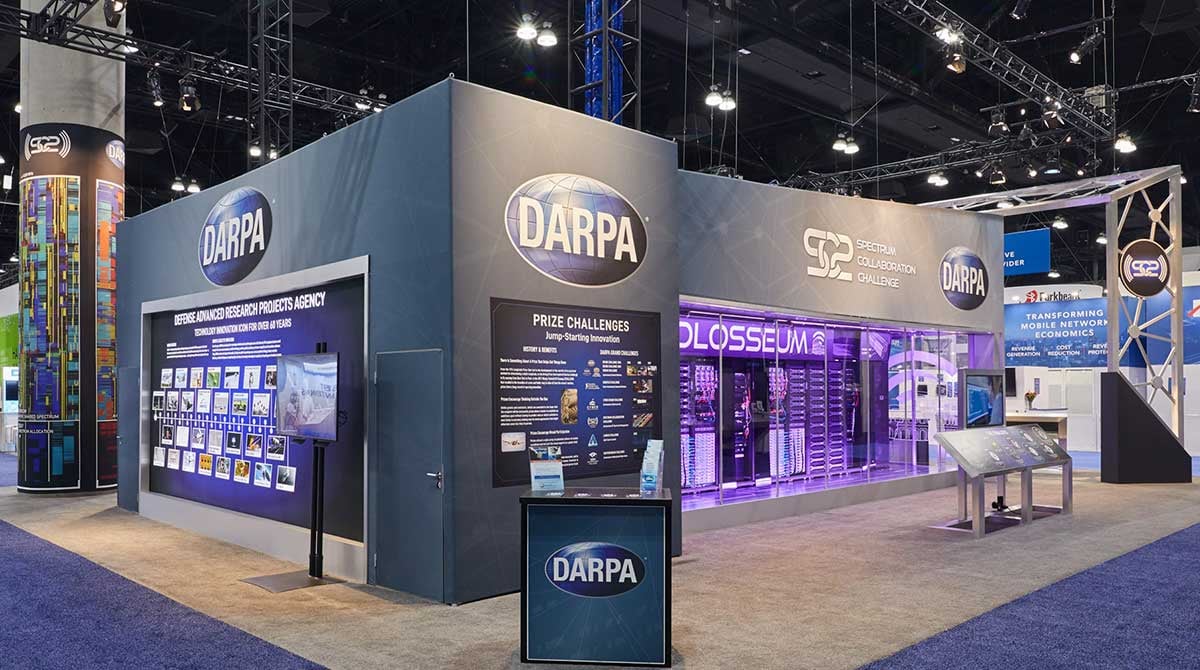
Trade Show Booth Exhibition Design
A trade show designer knows how to make sure your exhibit booth has the appropriate space and messaging to increase foot traffic. For example, they will make sure your signage leverages concise copy and is visible from at least 25 feet away. Every square inch of your space will be fully utilized by incorporating product samples, prototypes, interactive displays, entertainers, and more.
If this is an outdoor trade show, an exhibition designer will make sure your booth is durable enough to withstand weather, terrain, and other outdoor concerns such as corrosive rusting. They’ll know when to use materials like rigid foam, which can withstand temperatures as cold as -100° F all the way to 200 °F, and other important structural suggestions.
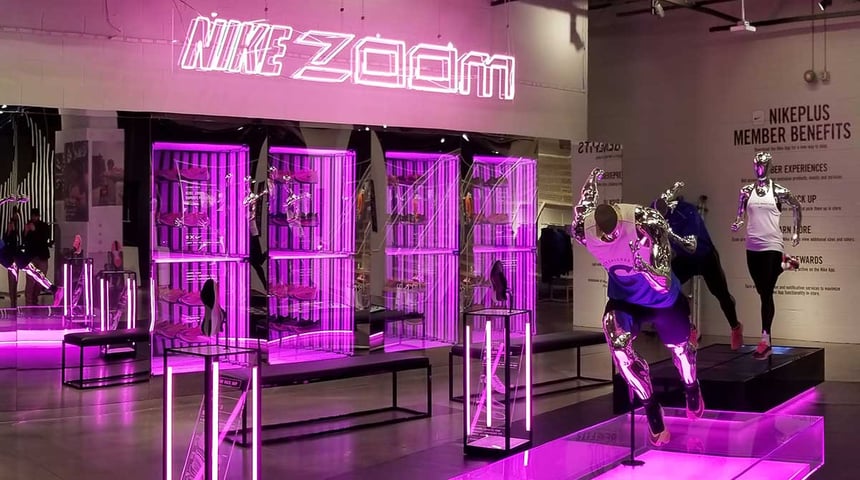
Retail Store Display Exhibit Design
A retail exhibit is any type of display that promotes a store product. Your exhibit designer will understand how to “layer” (divide) a store layout into visual merchandising sections that logically flow, with custom fixtures designed to make your space and products more appealing and accessible to customers by engaging their senses, ultimately increasing retail sales revenue.
Finding the Right Exhibition Designer for Your Company
Whether you’re an advertiser leading an experiential marketing campaign for a brand, a curator designing a museum exhibit, a designer in charge of a retail interior design, or a trade show booth entrepreneur with a prototype to promote, the best solution is often a full-service studio with complete in-house capabilities.
A partner who owns the entire process will not only streamline production but anticipate bottlenecks, engineering concerns, and other potential issues that can compromise your final result.
At Bridgewater Studio, we deliver experiential marketing exhibits and art installations throughout the U.S. and beyond – with 100% in-house capabilities. Learn more about our comprehensive approach to exhibition design by scheduling a no-obligation introduction today.
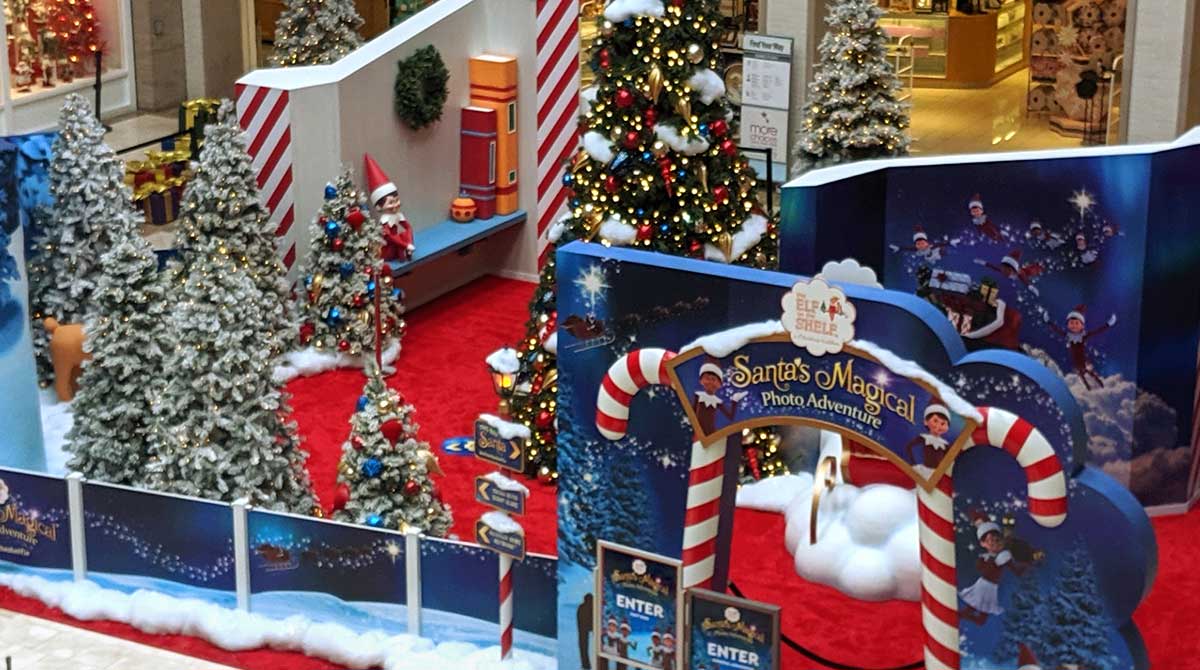

.png)
.png)
.png)
